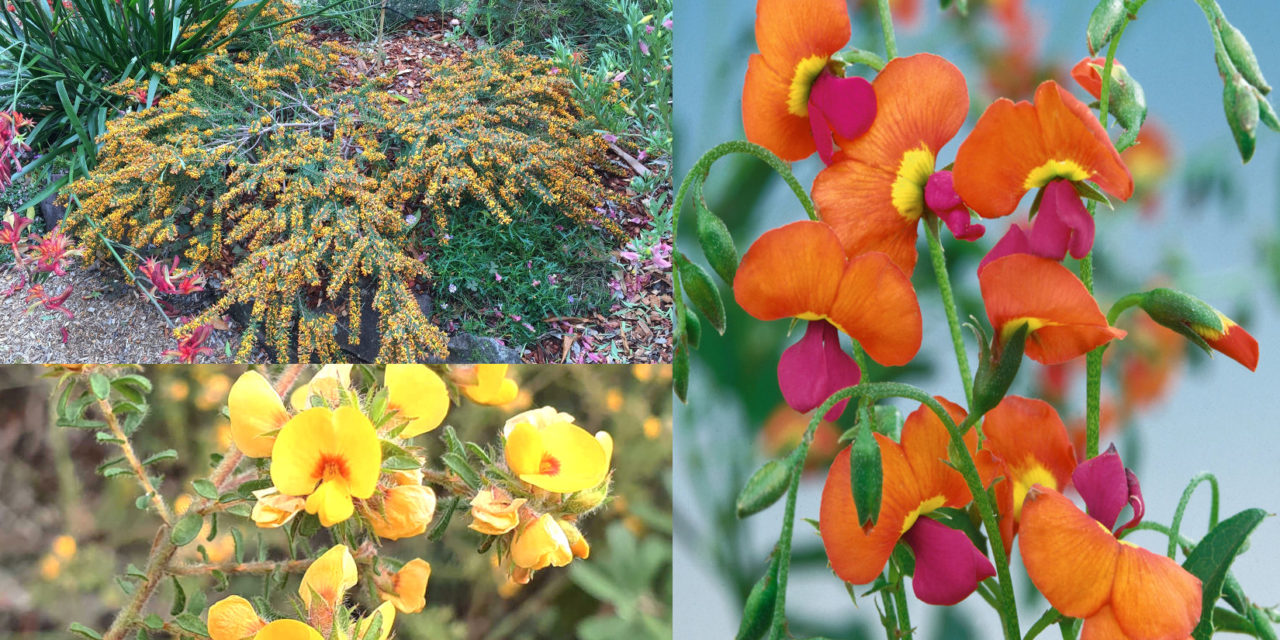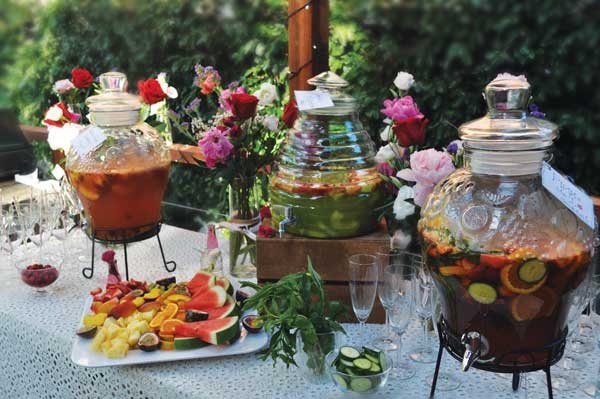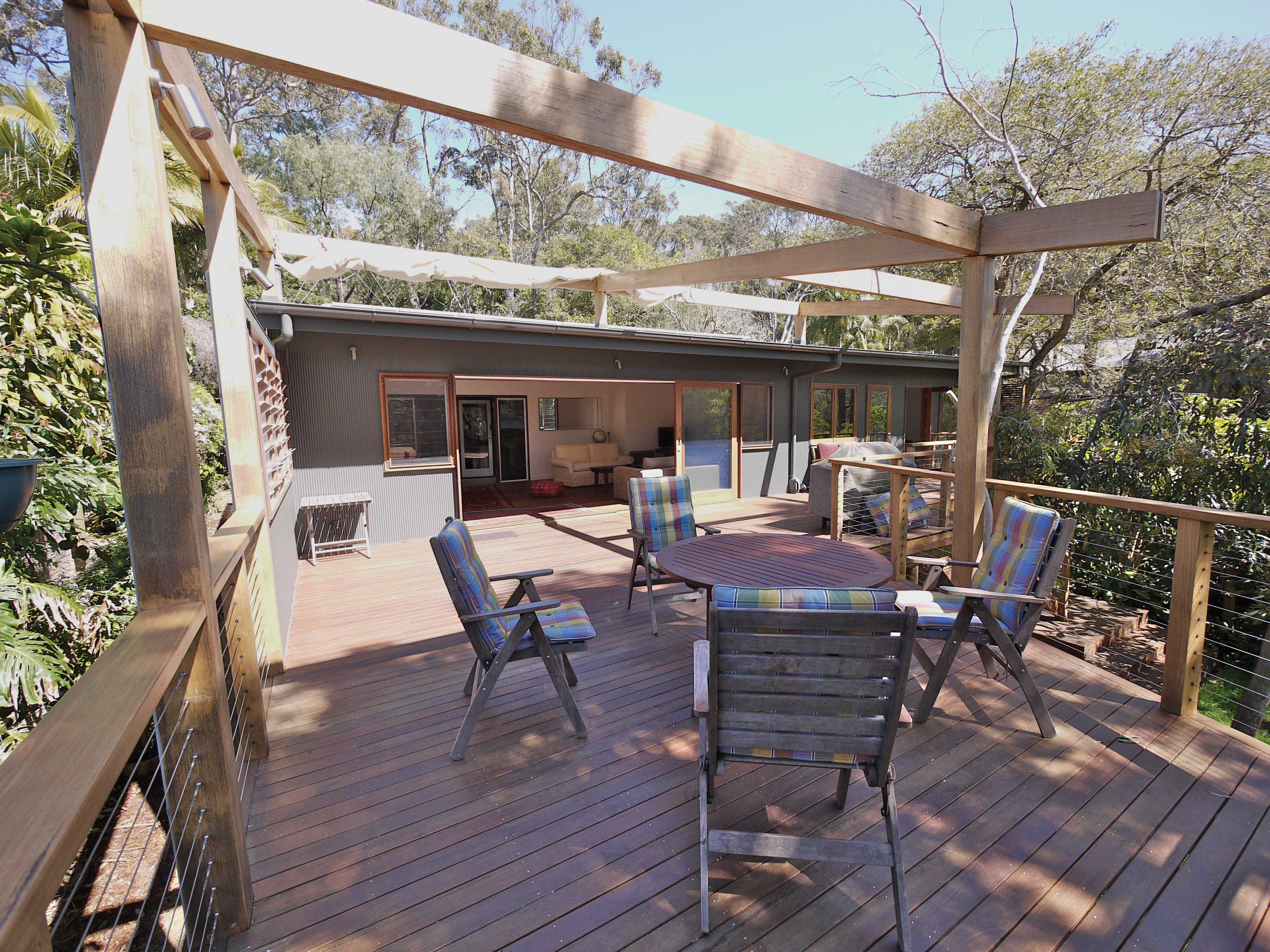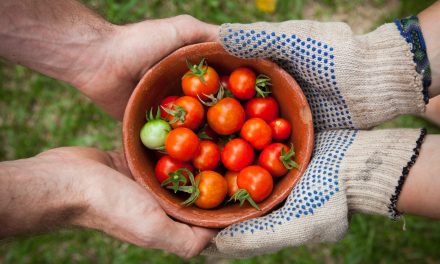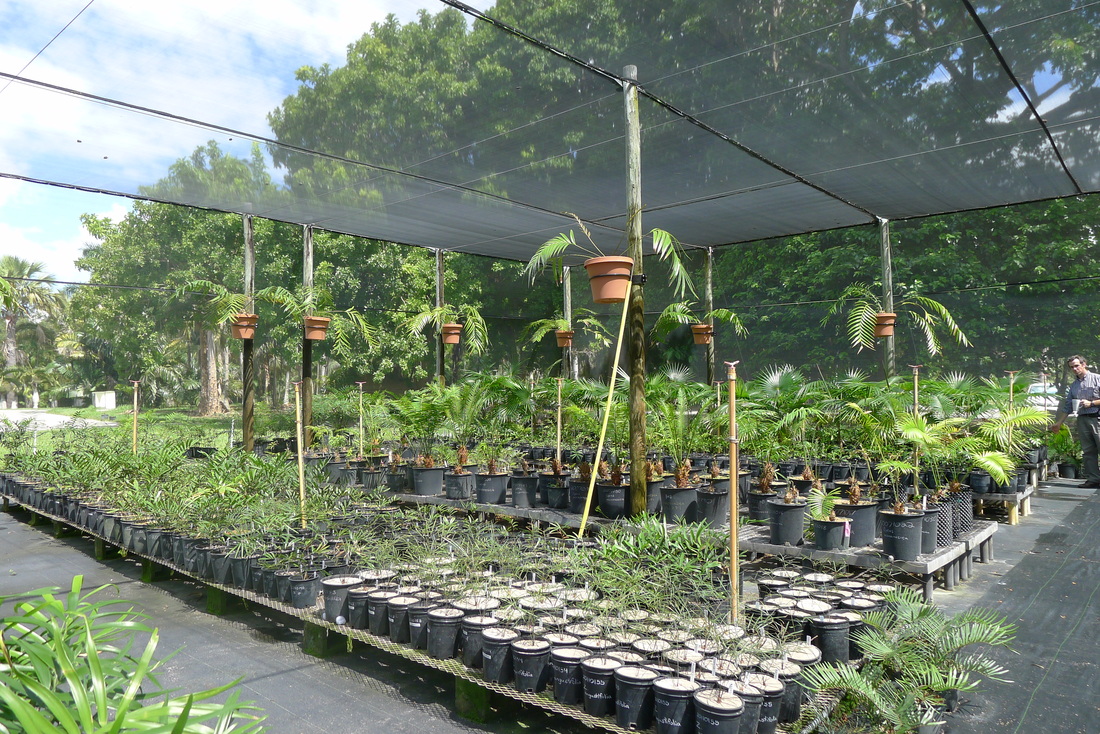Brian Roach
If ever there was a common name for a native plant that simply rolls a multitude of species into the one name, it must be ‘Eggs & Bacon.’ I’m sure it had its origin in seeking to describe a plant with pea-like flowers that were yellow and orange. There are many of them and most are in the family Fabaceae and they’re not all yellow and orange. Just about all members of this very large group are legumes and so yes, they are pea flowers!
One of my favourite native plants is the West Australian Flame Pea, Chorizema cordatum. Although it hails from the other side of our vast continent, it does very well on the east coast and its particularly appealing attribute is that it does very well in the shade and can provide brilliant orange, pink and yellow ‘pea’ flowers from late winter and well into spring. It generally only gets to a height of around 1 to 1.5 metres and responds very well to heavy pruning after flowering.
There are many ‘Eggs & Bacon’ plants in our local bush and most of them are just yellow. A lovely one is Pultenaea stipularis. It has almost pine-like foliage and can grow to around 2m with very bright, yellow terminal flowers in early spring. Swamp wallabies also seem to be particularly fond of this one as well. I strongly suspect that the plant that first garnered the common name of ‘Eggs & Bacon’ was Dillwynia retorta. It’s prolific in our local bush with bright yellow pea flowers with a splash of orange in the centre. It has stiff, fine foliage and can grow to around 2m. Like most of our local pea flowers, they are under-story plants, happy in semi-shade although they are equally happy in full sun but pretty much all of them demand good drainage to be successfully grown in the garden.
As I’ve written before however, so often the more difficult native plants to flourish in our gardens are our local bushland species. In the bush they grow in superb drainage on sandy soils over sandstone rock. Replicating that in the garden is therefore not easy. So, I end up going back to another wonderful pea-flowering bush from the west, Eutaxia obovata. It has various forms, but all have yellow and orange flowers. Although it’s flowering period is fairly short in late winter to early spring, it’s really stunning in flower! The form I have grows to around 30cm high with a spread of a metre or so and is happy in full sun to semi-shade. I first saw this form at Kings Park in Perth and couldn’t wait to get my hands on one or more.
Brian Roach spent his professional life as Crown Prosecutor/Barrister before retiring. Brian runs a cottage industry native plant nursery from his home in Westleigh, as well as being a member of the Australian Plants Society.

